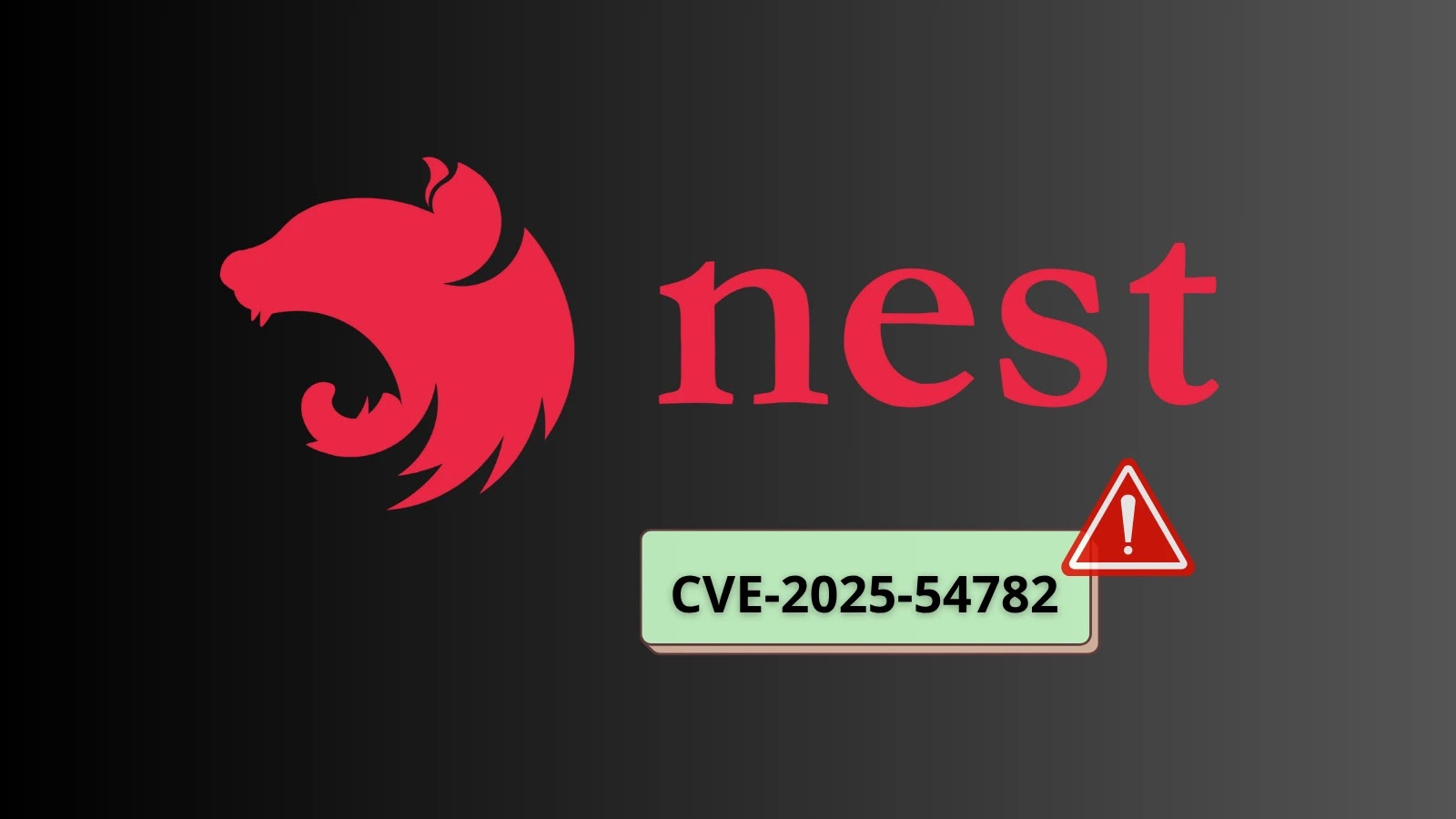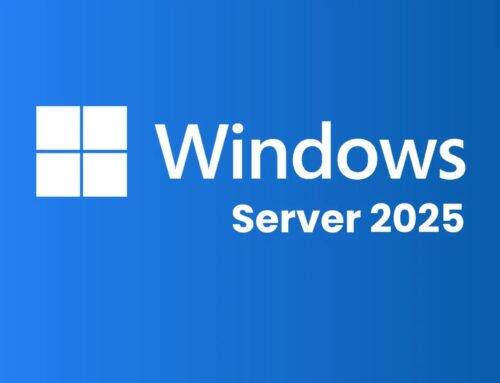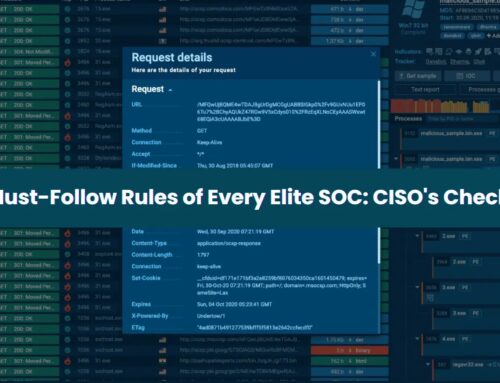
NestJS Framework Vulnerability Let Attackers Execute Arbitrary Code in Developers Machine
Navigating the Threat: NestJS Vulnerability Exposes Developer Machines to RCE Attacks
In the evolving landscape of software development, frameworks are the bedrock upon which applications are built. NestJS, a popular and powerful Node.js framework, is celebrated for its efficiency and scalability. However, a recent discovery casts a shadow over its development ecosystem, revealing a critical security vulnerability that directly targets the machines of developers. This flaw could allow attackers to execute arbitrary code, turning a developer’s workstation into a potential point of compromise.
This post delves into the specifics of this remote code execution (RCE) vulnerability, identified in the NestJS framework’s development tools. We’ll explore its mechanics, potential impact, and, most importantly, provide actionable steps to mitigate the risk and secure your development environment.
Understanding CVE-2025-54782: A Critical RCE in NestJS DevTools
The vulnerability, tracked as CVE-2025-54782, resides within the @nestjs/devtools-integration package. This isn’t a flaw in the core NestJS framework itself, but rather in a component designed to enhance the development experience. The danger lies in its ability to facilitate remote code execution on a developer’s local machine. This means that merely visiting a maliciously crafted website could trigger the execution of arbitrary code, bypassing standard security measures and potentially leading to system compromise.
The core mechanism behind this exploit involves sophisticated sandbox escape techniques. Modern web browsers and operating systems employ sandboxing to isolate untrusted code and prevent it from interacting with the underlying system. However, this vulnerability leverages specific weaknesses in how the NestJS development tools interact with these environments, allowing an attacker to break out of the browser’s confines and execute commands directly on the developer’s machine.
The Mechanics of the Attack: How Exploitation Occurs
Attackers exploit this vulnerability by enticing developers to visit a malicious website. This site would then leverage the flaw in the @nestjs/devtools-integration package to inject and execute arbitrary code. Because developers commonly have their development tools and environments highly configured, access to their machines can grant deep access to sensitive data, source code repositories, API keys, and even network credentials.
The impact of a successful RCE attack on a developer’s machine can be severe:
- Data Exfiltration: Sensitive project data, intellectual property, and personal information could be stolen.
- Credential Theft: Access tokens, API keys, and repository credentials can be compromised, leading to further breaches.
- Supply Chain Attacks: Malicious code could be injected into ongoing projects, leading to widespread compromise of customer systems.
- Lateral Movement: An attacker could use the compromised development machine as a pivot point to gain access to internal networks and other systems.
- System Damage: Arbitrary code execution can lead to system instability, data corruption, or the deployment of ransomware.
Remediation Actions: Securing Your Development Environment
Proactive measures are crucial to protecting against this vulnerability. Developers and organizations leveraging NestJS development tools must take immediate action:
- Update npm Packages: The most critical step is to update the
@nestjs/devtools-integrationpackage to the latest secure version as soon as it becomes available. Regularly check official NestJS channels and vulnerability advisories for patch releases. - Isolate Development Environments: Where possible, consider using virtual machines (VMs) or containers for development. This creates an additional layer of isolation, limiting the potential impact of a successful RCE attack to the isolated environment rather than the host machine.
- Network Segmentation and Firewalls: Implement strict firewall rules and network segmentation to limit outbound connections from development machines to only essential services. This can help prevent attackers from exfiltrating data or establishing command-and-control channels.
- Browser Security: Keep web browsers updated to their latest versions and enable all available security features, including script blockers and ad blockers. Exercise caution when visiting unfamiliar websites or clicking on suspicious links.
- Principle of Least Privilege: Ensure that development users and processes operate with the minimum necessary privileges. This limits what an attacker can do even if they successfully exploit a vulnerability.
- Security Awareness Training: Educate developers on common attack vectors, phishing attempts, and the importance of cybersecurity hygiene. A strong security culture is an invaluable defense.
- Regular Security Audits: Conduct periodic security audits of development environments and workflows to identify and address potential vulnerabilities.
Tools for Detection and Mitigation
While no single tool can guarantee complete immunity, several tools and practices can aid in detecting and mitigating such vulnerabilities:
| Tool Name | Purpose | Link |
|---|---|---|
| npm audit | Identifies known vulnerabilities in npm packages and suggests remediation. | https://docs.npmjs.com/cli/v8/commands/npm-audit |
| Snyk | SCA (Software Composition Analysis) tool for finding and fixing vulnerabilities in dependencies. | https://snyk.io/ |
| OWASP Dependency Check | Identifies project dependencies and checks for known vulnerabilities. | https://jeremylong.github.io/DependencyCheck/ |
| Browser Security Extensions | Enhance browser security by blocking malicious scripts and ads (e.g., uBlock Origin, Privacy Badger). | (Varies by browser and extension) |
| Virtualization Software | Enables creation of isolated development environments (e.g., VirtualBox, VMware Workstation). | https://www.virtualbox.org/ |
Key Takeaways for Developers and Organizations
The discovery of CVE-2025-54782 in the NestJS development tools underscores a critical aspect of cybersecurity: the supply chain extends beyond just libraries and frameworks to the very tools developers use. Maintaining robust security practices on development machines is paramount, as these systems often hold the keys to an organization’s digital assets.
Ensure all development tools, especially those that interact with the web, are kept up-to-date and configured securely. Prioritize the isolation of development environments and foster a strong culture of cybersecurity awareness among development teams. Vigilance and proactive patching are the strongest defenses against vulnerabilities that target the very heart of software creation.





